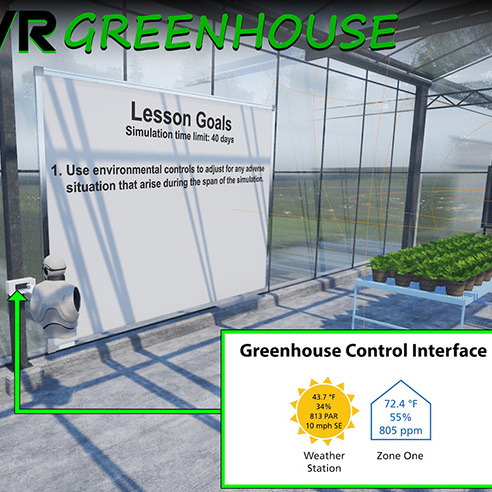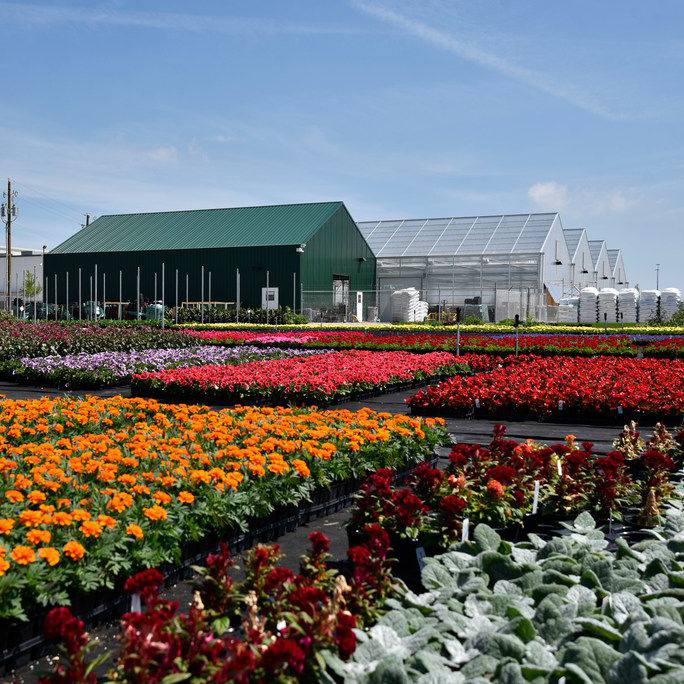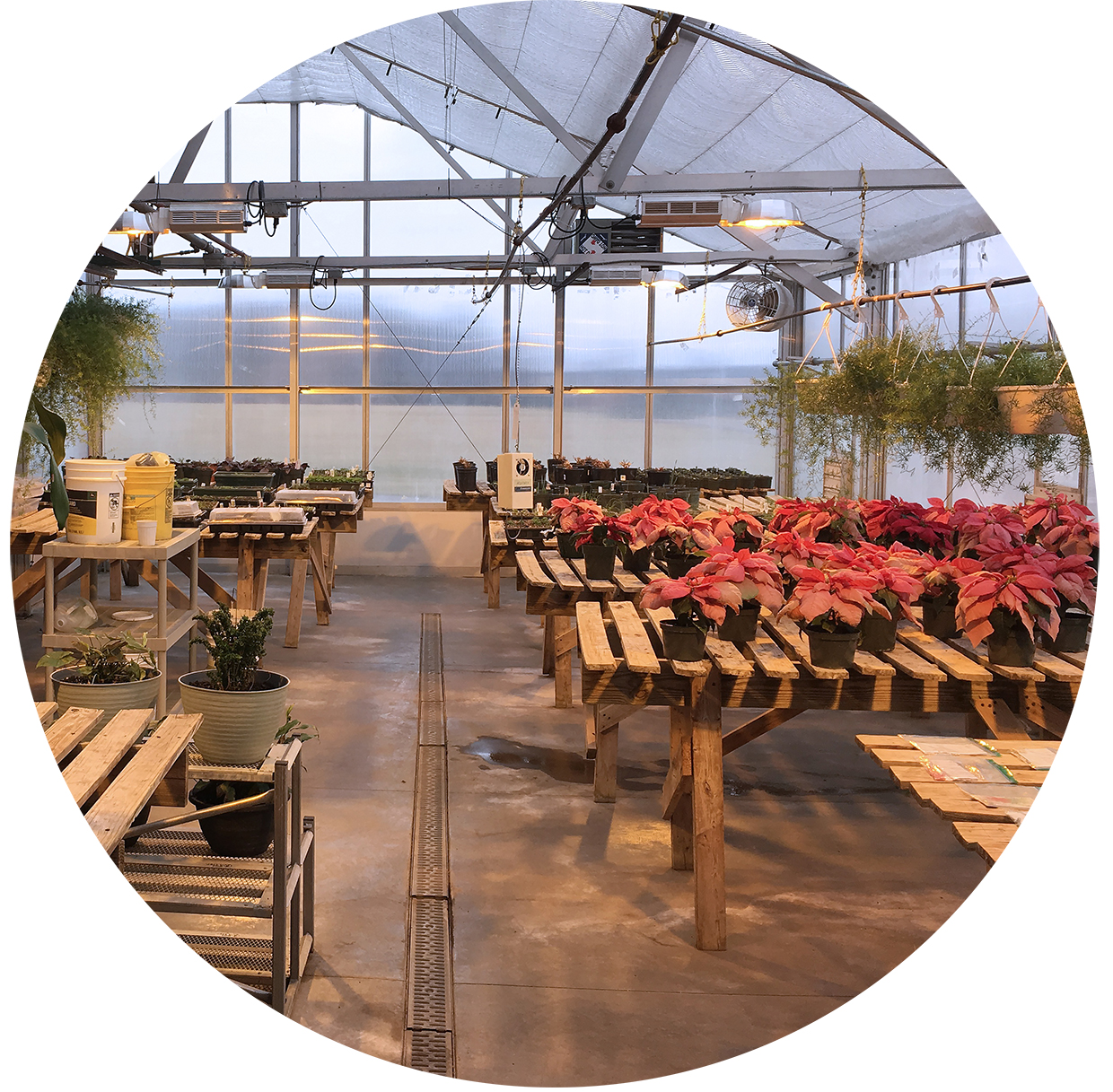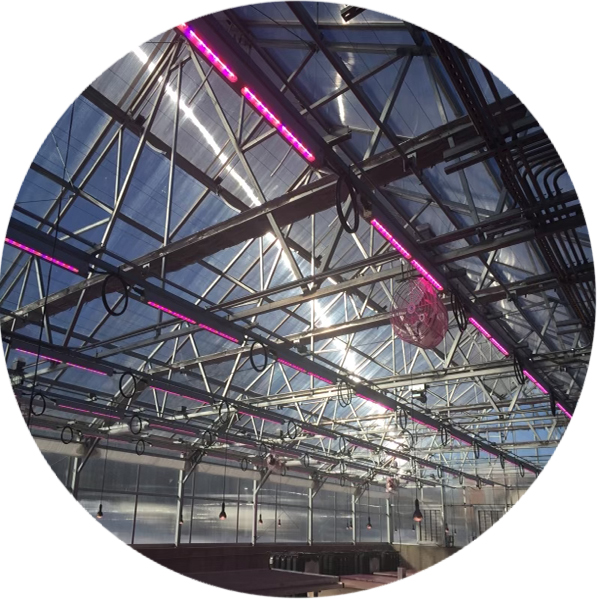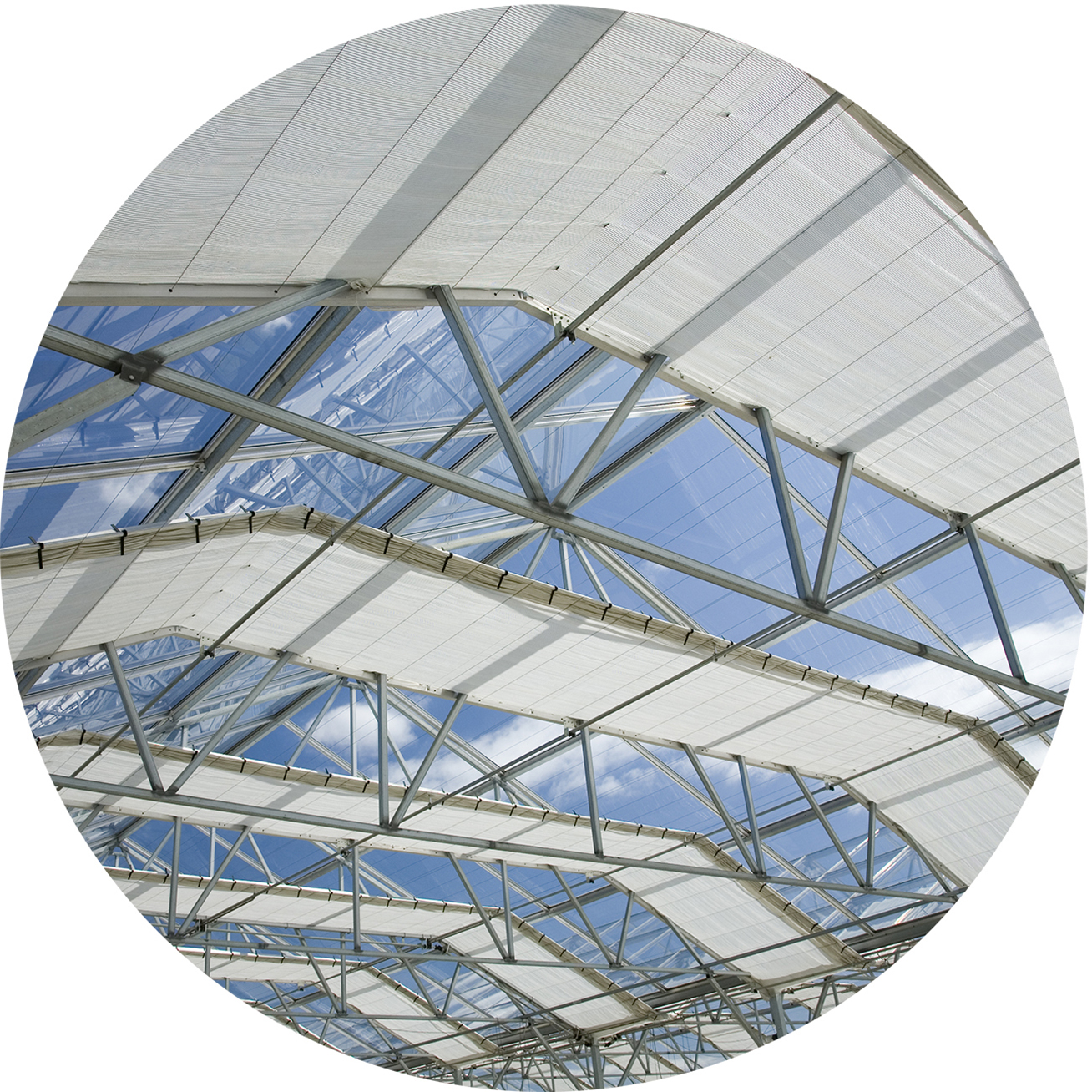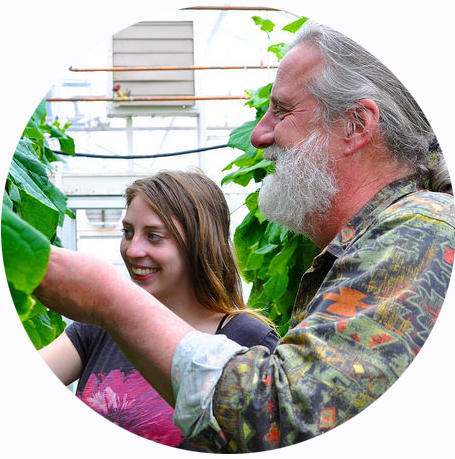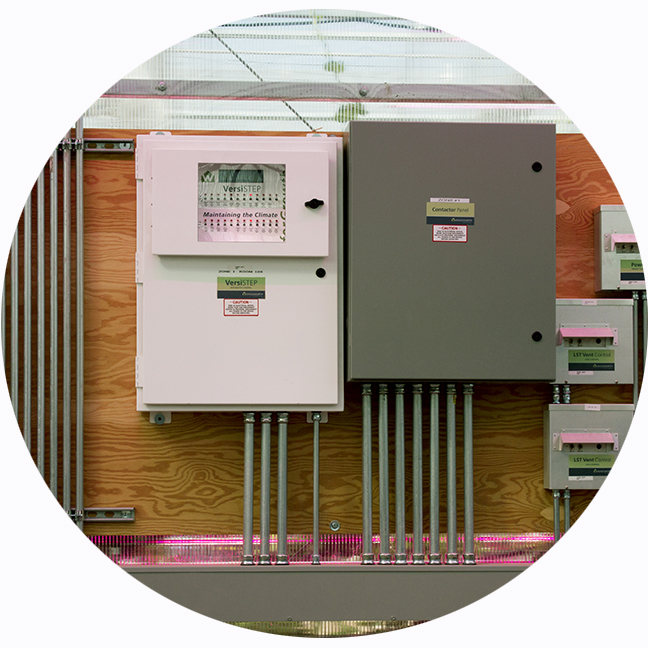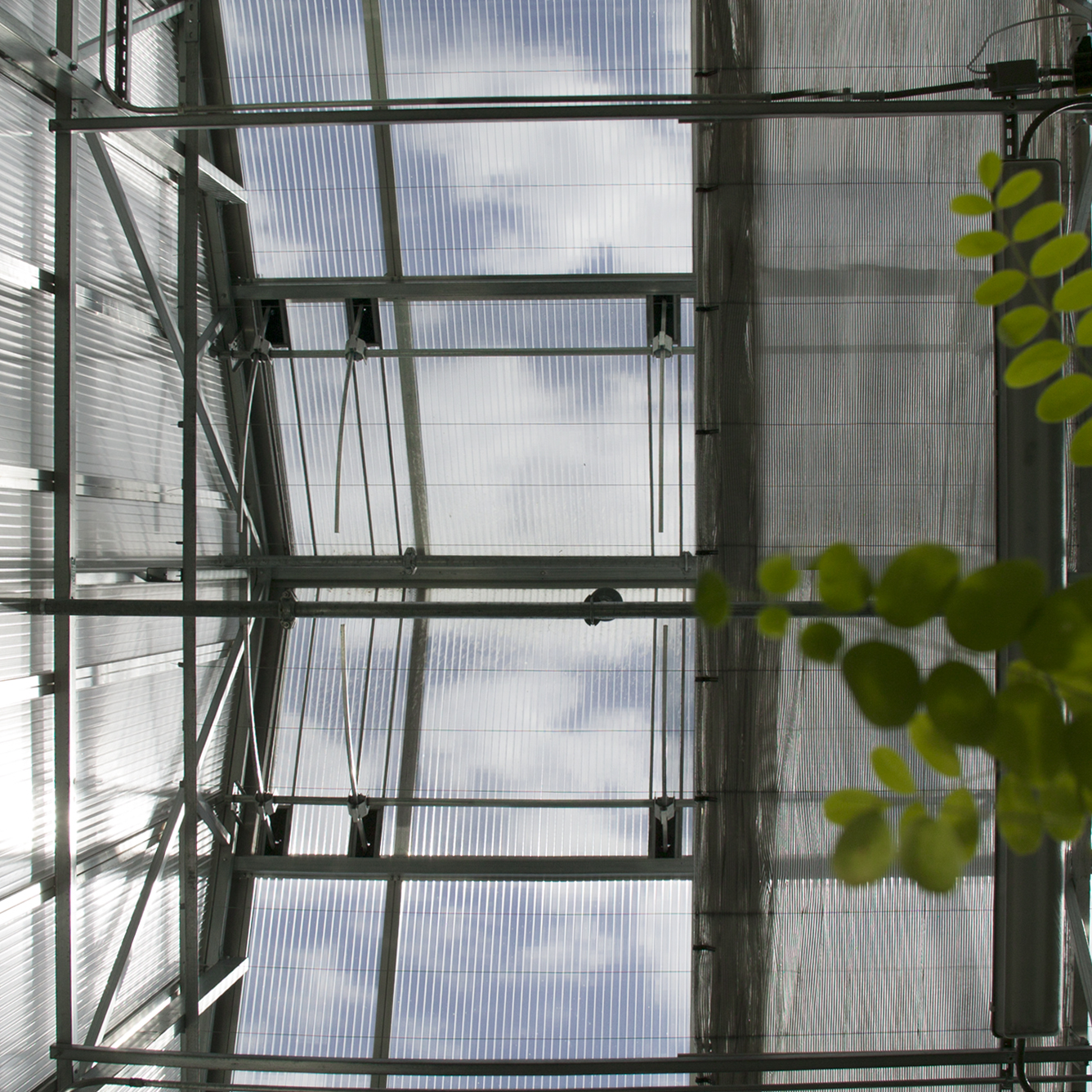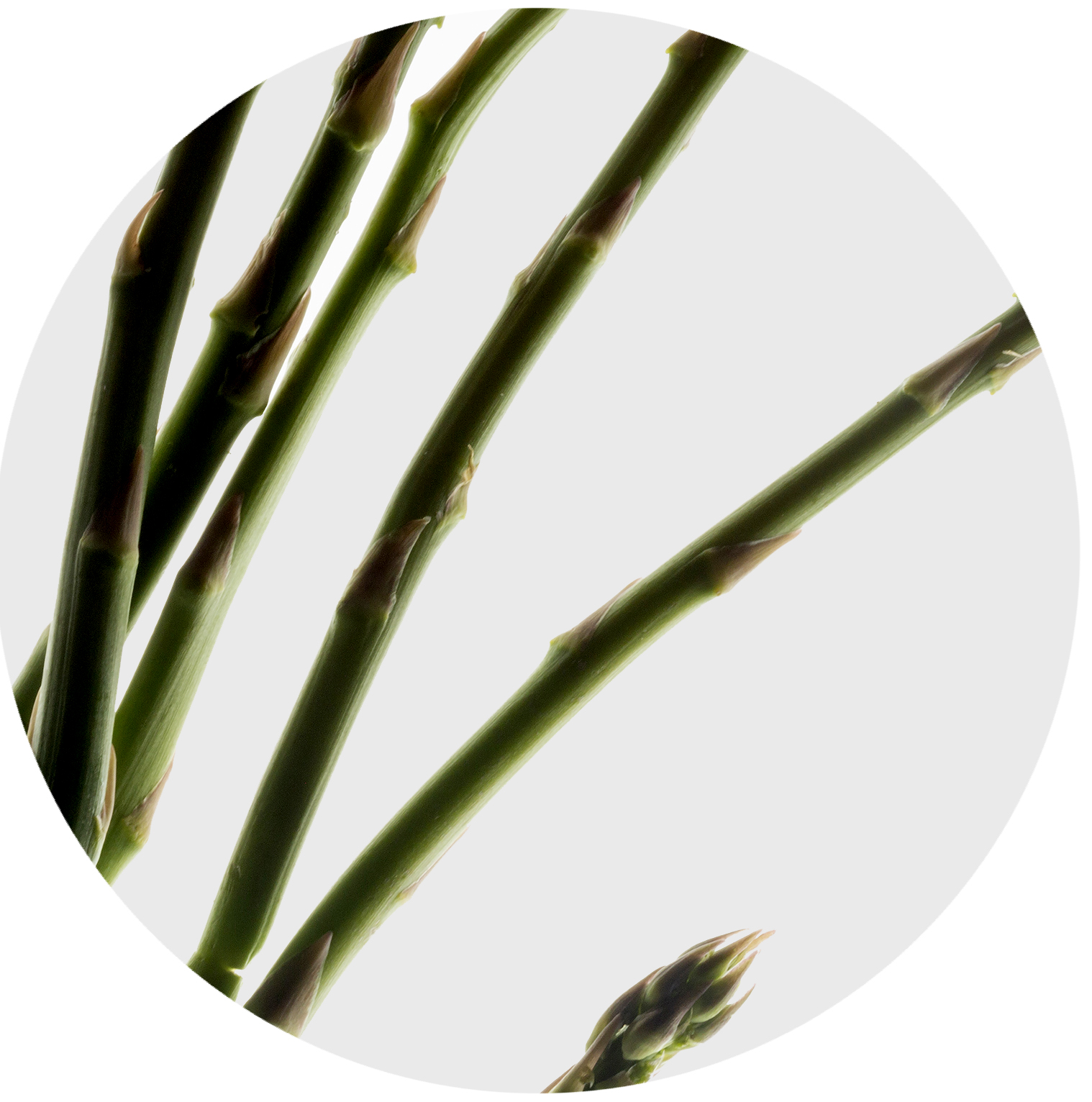NEWS & EVENTS

Wadsworth expands Juniper greenhouse control with new options
Horti Daily recently featured our new features available for our Juniper Greenhouse Control
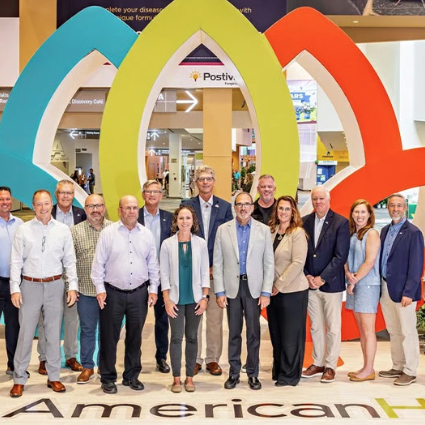
AmericanHort membership elects new board leadership
The new board will be installed during the annual AmericanHort business meeting held at Cultivate’25 in the Battelle Grand Ballroom of the Greater Columbus Convention Center.
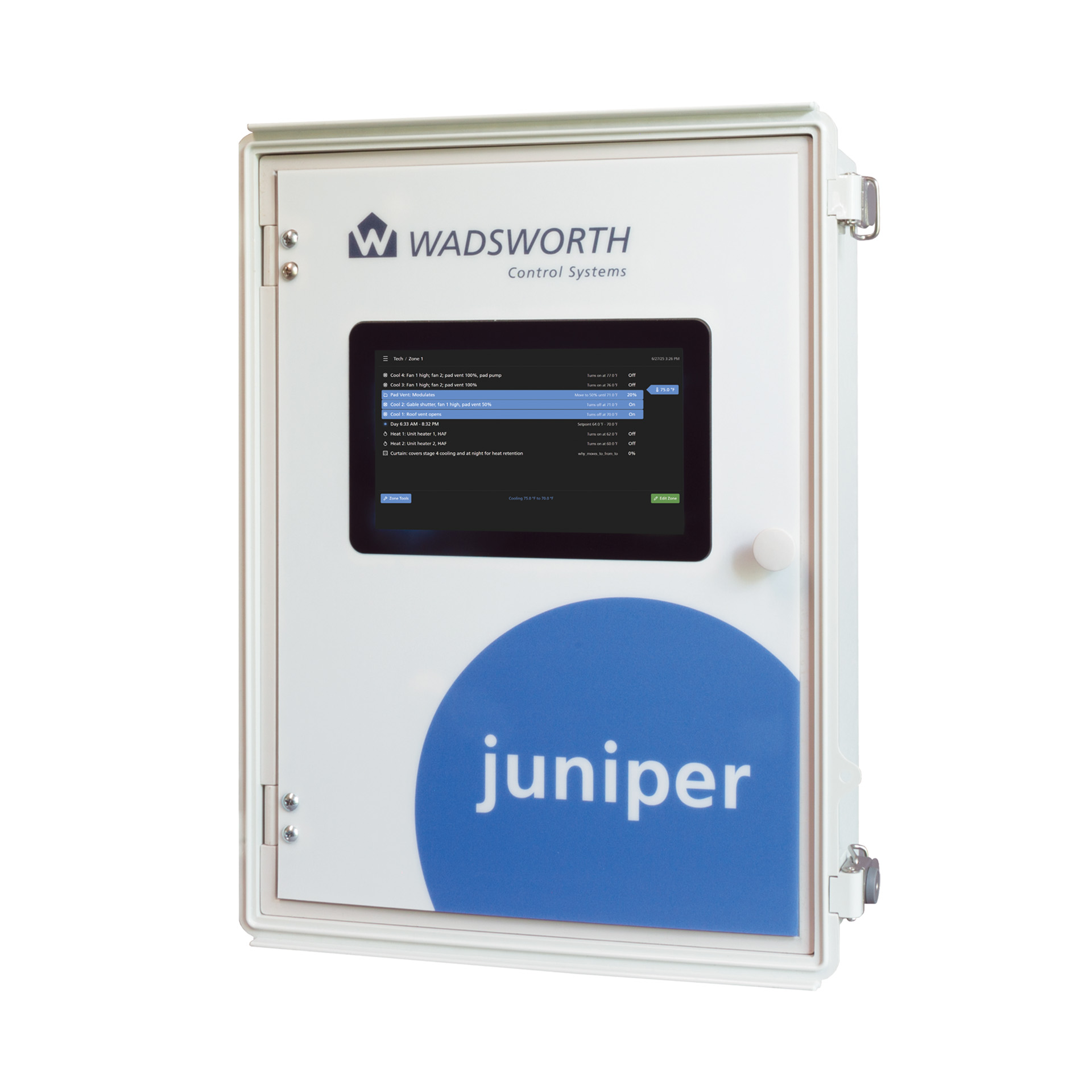
Adding value to entry-level greenhouse automation
Wadsworth Controls discusses our newest climate control solution, Juniper. Highlighting its core functionality and how it can help small operations get professional-grade automation without unnecessary complexity.
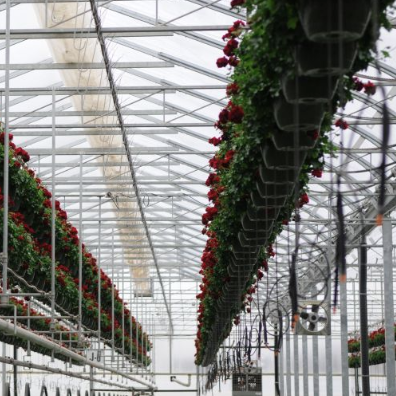
Greenhouse Structures and Components Suppliers on Grower Pain Points
Patricia Dean, CEO of Wadsworth Control Systems, speaks to the current status of the industry and how automation is helping growers bridge the gap.
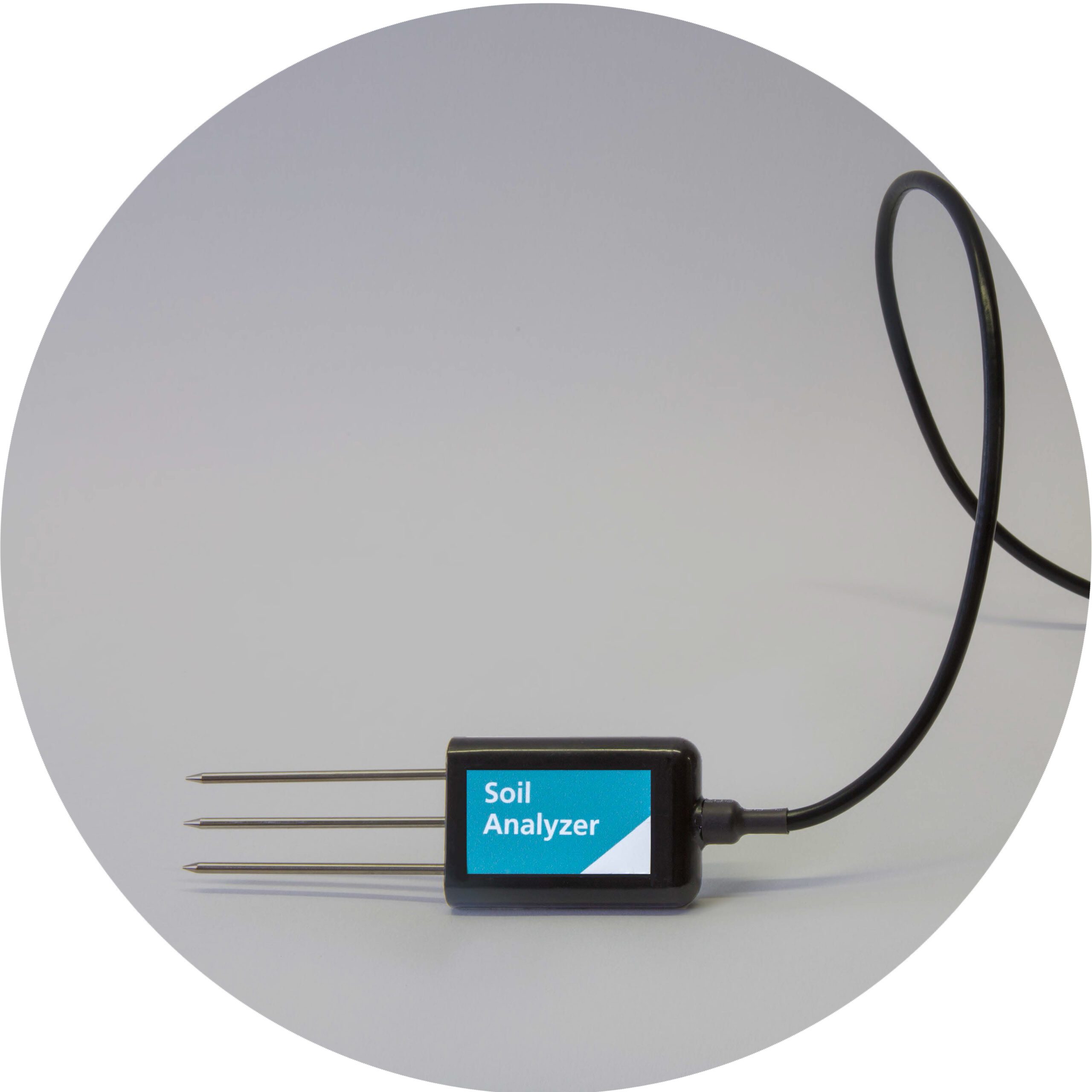
Something new under the sun, presenting the Soil Analyzer for Seed® and BACnet devices can now exchange information allowing you to view multiple viewpoints through a single interface
Introducing the Soil Analyzer, an advanced soil sensor that’s a game changer for all growers.
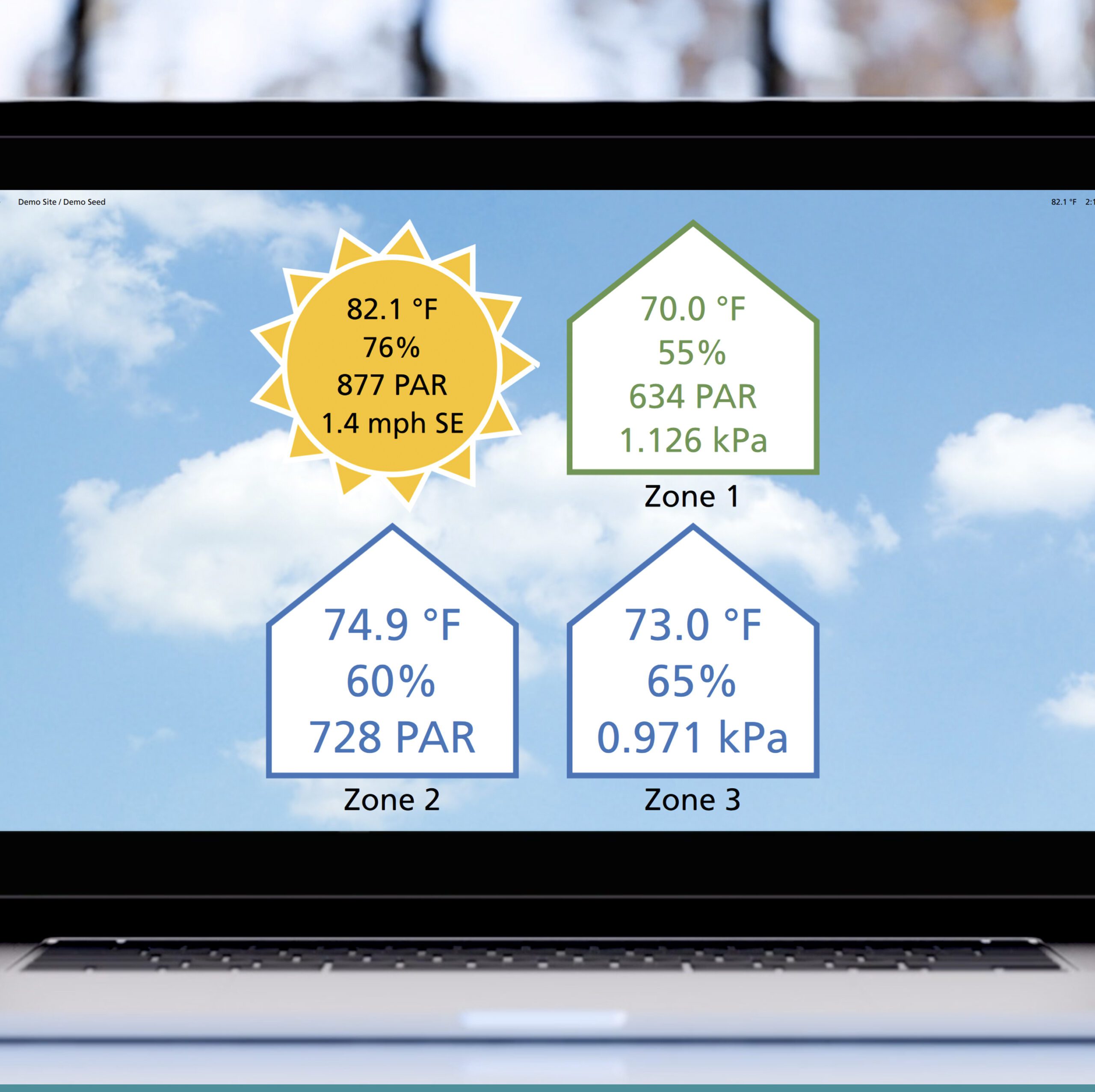
Seed® and BACnet devices can now exchange information allowing you to view multiple viewpoints through a single interface
Introducing BACnet. Seed can read external BACnet devices, and BACnet devices can view the controller’s sensors and equipment. Seed and BACnet devices must be on a shared network.

Wadsworth Introduces Predictive weather for Seed®
Our Predictive Weather subscription makes certain your Seed control knows the storm is coming before it arrives, allowing time for equipment to make needed adjustments to protect your structure and crop. Whether you’re onsite or not, Seed has your back.
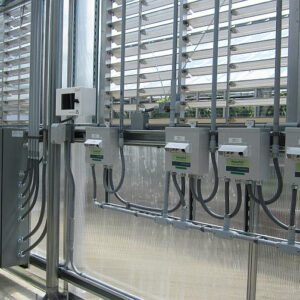
Lessons learned from greenhouse control system upgrades
The ability to integrate lighting, irrigation, and sensors in a new greenhouse control system can make creating the ideal growing environment more attainable.
Photo courtesy of Wadsworth Control Systems
Mississippi State University virtual reality initiative to help future growers navigate high risk ag enterprises
STARKVILLE, Miss.—Learning how to maneuver the high-risk aspects of the agriculture industry is taking on a new meaning for Mississippi State students through 3-D virtual reality and the university’s Future Growers Technology Initiative.
The Dallas Arboretum Opens a giant new greenhouse so it can grow its own plants
Dallas Morning News 2019
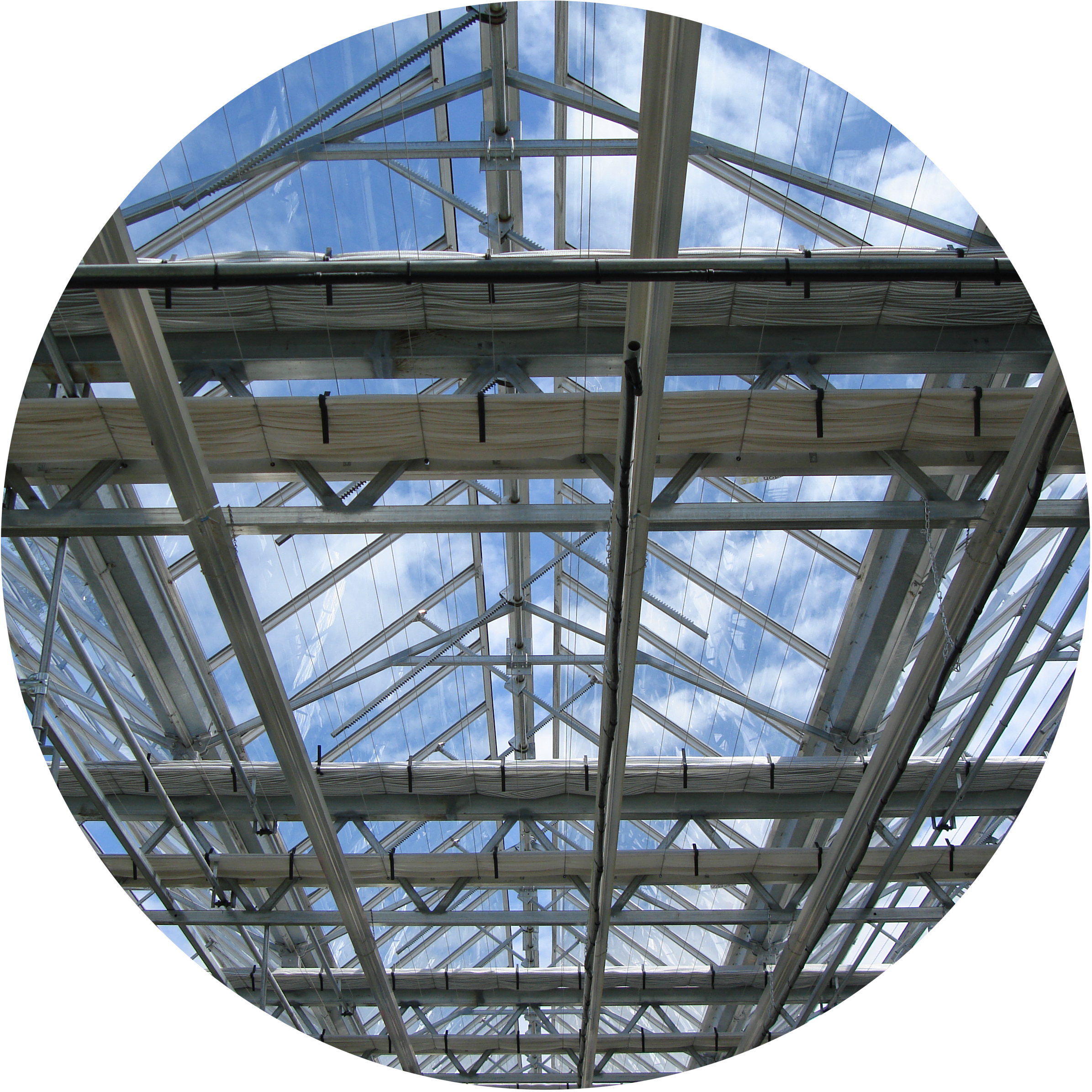
Curtains Maximus
GrowerTalks June 2018
Nearly 45 years ago, Wadsworth Control Systems installed its first curtain system—a blackout at Irwin Greenhouses in Canyon, Texas. The system ran on a time clock to maintain a balance of day and night, creating the necessary environment for the crop of kalanchoes, chrysanthemums and poinsettias. To a lesser degree, the curtain addressed a second need, one that had just arrived in every American’s life.
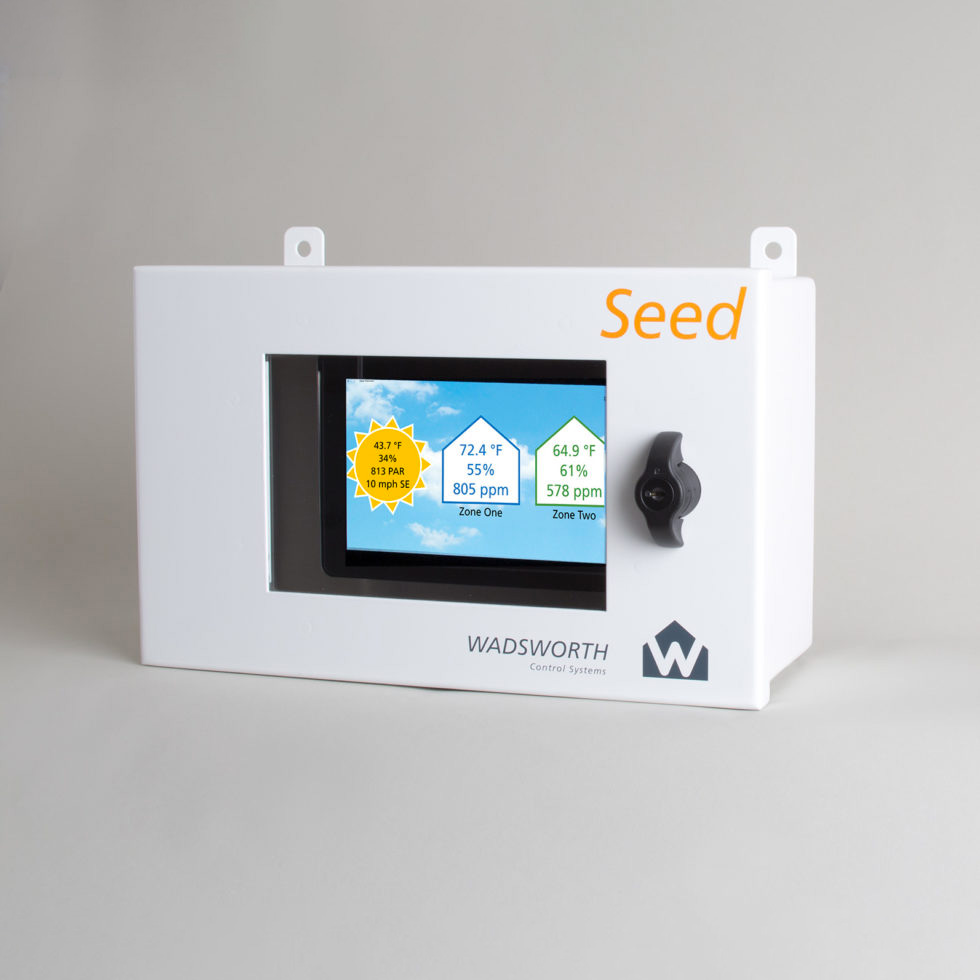
The Newest Control from Wadsworth Control Systems: Seed
CNGA LooseLeaf Tech News
Greenhouse automation was pioneered in Colorado, and Wadsworth Control Systems was the first company to design and build greenhouse automation products in the U.S. This contribution earned our father, George Dean, a place in the Horticultural Hall of Fame in 1992.
That set a high bar for the third generation of the Dean family. With the release of the Seed control, we believe we’ve made another significant contribution to the greenhouse industry.
Gary Dean interview in CGNA LooseLeaf magazine
What is your product focus?
Our products take care of three main greenhouse functions: climate control, curtain systems and ventilation automation. Our…
Technology helps gardens grow at Penn State
A group of Penn State students huddles over a wooden worktable in Headhouse II. Their hands move in unison as they clip the leaves and clean a harvest of microgreens…
New Colorado State University Greenhouse Showcases LED Technology
Colorado State University (CSU) has a new 21,000 square-foot, state-of-the-art greenhouse outfitted with advanced environmental control systems and modern LED lighting, thanks to a football stadium and Philips Lighting…
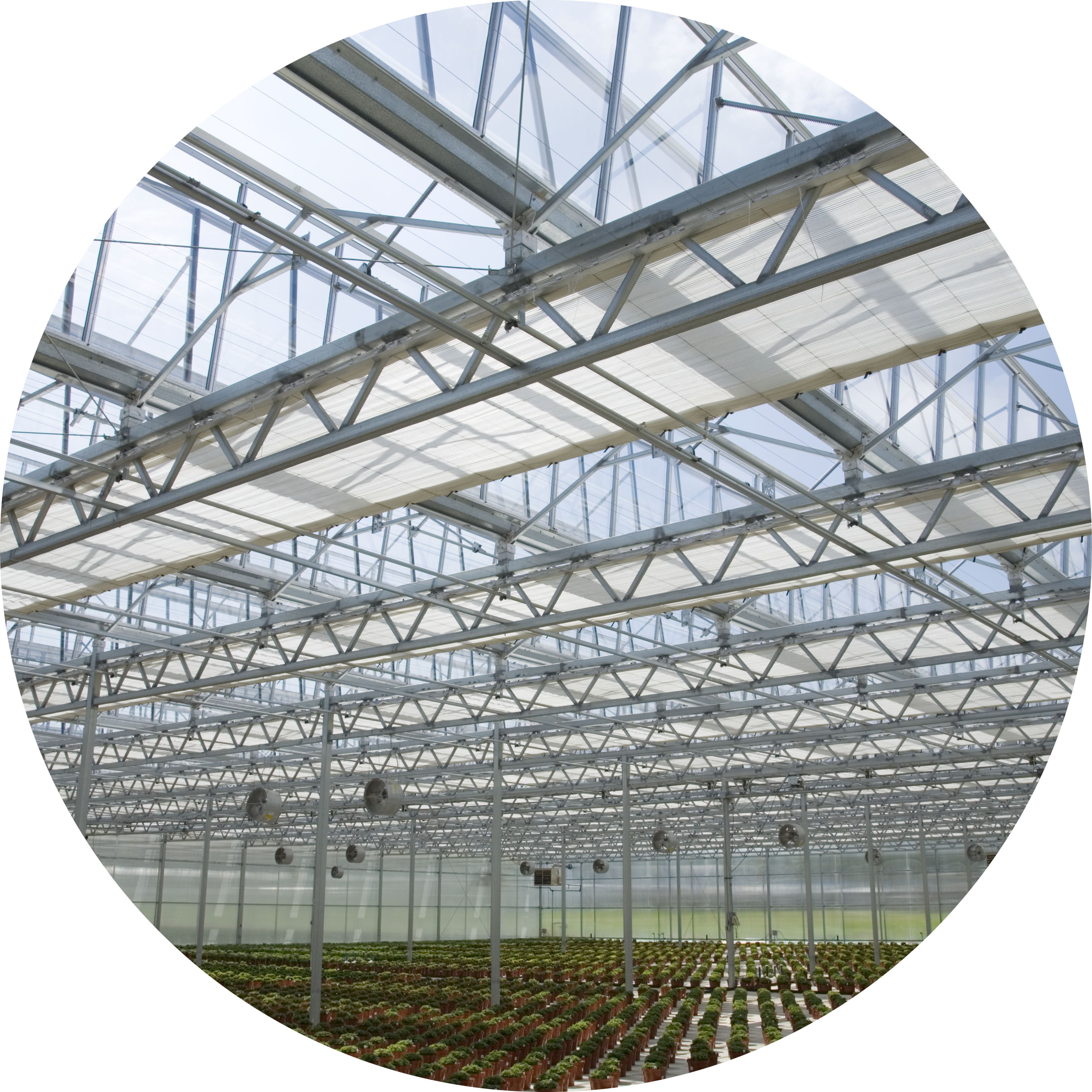
Curtain Checkup
With energy costs increasing and little relief in sight, everyone is looking for ways to reduce heating costs. One way of conserving energy is the use of an energy curtain in the greenhouse that, when pulled closed at night, creates an attic of air that acts as an added layer of insulation. Any future greenhouse that growers may be designing or planning should allow for at least a single-curtain system, whether they are being installed initially or at a later date. Preplanning will allow any greenhouse business to then add the first or even a second system without too much retrofitting
Greenhouse Upgrades Part I
If I were a grower, I would want to put my precious capital into something that helped me reduce costs, reduce labor and increase quality all at once. Hot water heaters can do just that.
To do a good job of heating your greenhouse space means delivering the heat evenly. The heat should be delivered in a way that allows your plants to take away the most benefit possible. We call this “distribution efficiency.” If you heat with hot air furnaces, no matter the type or efficiency, your distribution efficiency is probably around 50%. This means of all the heat you generate, only about 50% is put to good use by your plants. The rest is lost to leakage in your glazing, or rises immediately to the peak, where it does nothing beneficial for you.
Using Temperature to Control Growth
Reducing temperatures at sunrise creates a morning DROP and reduces stem elongation.Much has been written about DIF, which is defined as the difference between day and night temperatures or day temperature minus night temperature. A negative DIF, the result of a night temperature that is warmer than the day temperature, prevents stem elongation in many crops. Considering today’s increasing fuel prices, efforts to use negative DIF to keep greenhouse temperatures warmer at night isn’t necessarily a good business practice. Many growers have decided it’s not worth the extra cost.
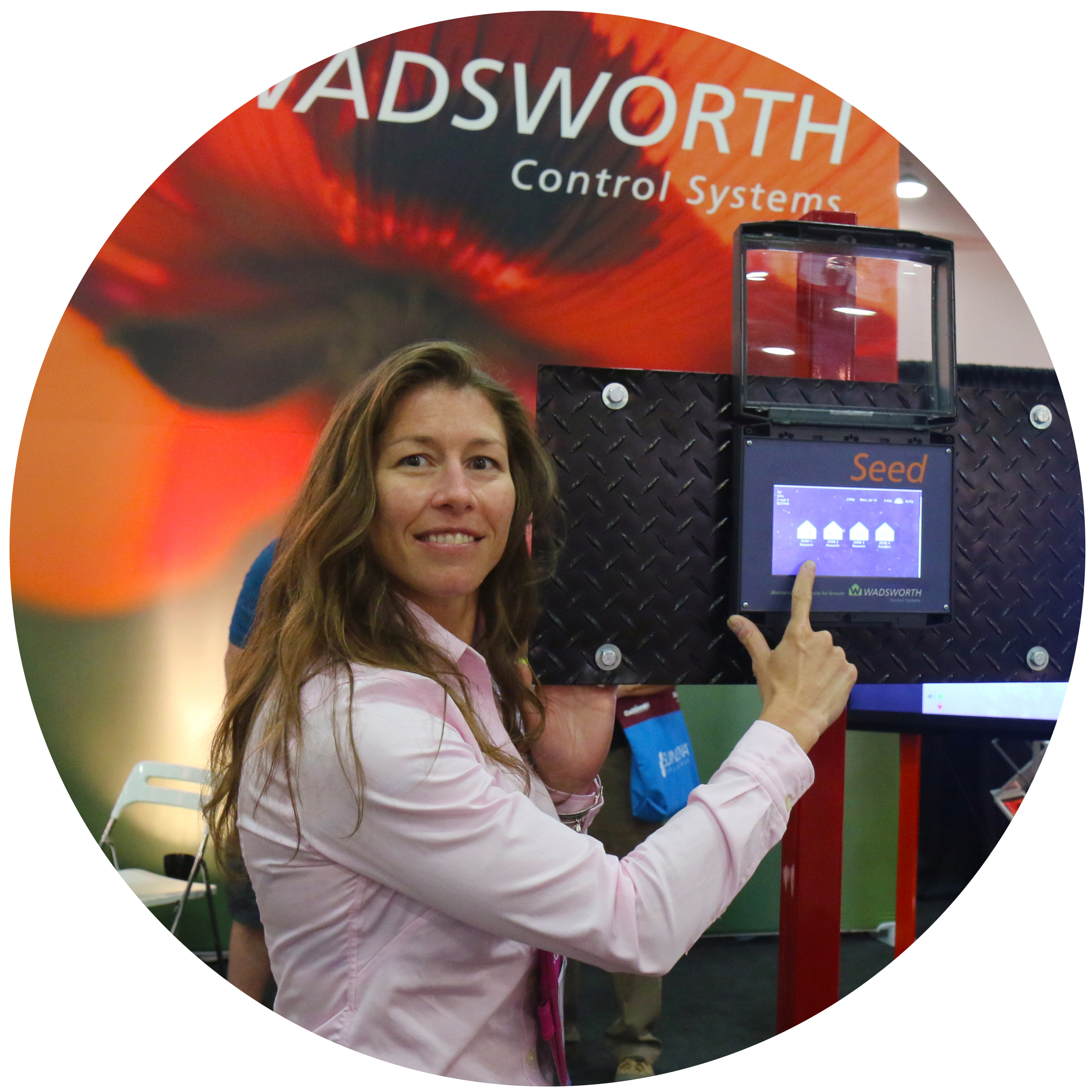
Eclectic Companies
You use Skype or FaceTime to have a face-to-screen chat with faraway relatives and friends, and the Cloud to store your iTunes library on your phone and iPad. So why couldn’t you use similar technology in your greenhouse?
Well, you can.
Companies like AgriNomix, Wadsworth Control Systems, Harvest Automation and McConkey are leading the pack in creating innovative methods of making automation and technology work better for growers.

STEP 50a and STEP 500 No Longer Supported
In the Wadsworth tradition, these hard-working and long lasting controllers have served the industry well. Introduced in 1975 as state-of-the-art innovation, the STEP 500 gave growers a reliable way to manage their ranges.
Today, Wadsworth remains a leader as we launch Seed, the first touch screen control in the horticultural industry.
Many growers have upgraded to the EnviroSTEP and Seed 16 controls.
Parts are no longer available and Wadsworth no longer offers technical support for STEP 50a, STEP 500.
Wadsworth introduced the STEP 50A in 1974. After 38-years, Wadsworth discontinued the product in 2013. In 1975 the STEP 500 was released and in 2011, after 36 years on the market, it was retired.

